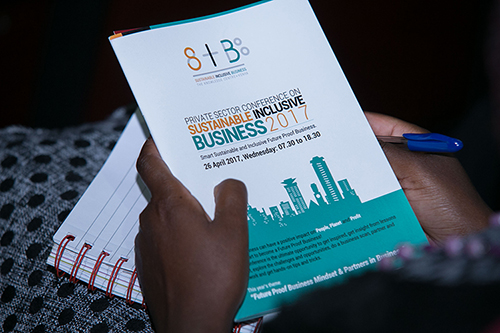3 ways to fast-track fashion’s sustainable transformation
There is no vaccine for climate change, and fashion brands must shift gears quickly to mitigate adverse effects on their supply chains and keep up with rapidly changing stakeholder expectations, values and behaviors. Here are three ways fashion can get on the fast track:
1. Understand where you stand
There has been a massive wave of climate, deforestation, biodiversity and plastic commitments by the fashion industry in recent years but not much to show for them. One major reason: Companies are making commitments without doing the necessary foundational footwork — the vast majority of fashion brands haven’t done a corporate footprint nor do they know where their materials or textiles originate. Without this information, brands can’t know if the goals they’ve set are relevant for their business, how to achieve them or what their implications are.
For example, more brands are announcing 100 percent sustainable fiber targets for 2025, yet less than 10 percent of the world’s 250 largest fashion brands and retailers can identify their tier four suppliers. Delivering on this goal will be a colossal challenge without a process to trace garments to their origins.
With most of fashion’s impacts situated in Scope 3, it will be impossible for brands to make real progress on goals without first digging into the supply chain and understanding what is happening on the ground — where their hotspots and drivers of environmental impact lie.
Greater transparency in the supply chain isn’t a silver bullet, but it is an important step in driving fashion industry transformation. It can improve accountability by shedding light on the conditions in which clothing is being made, allowing suppliers, brands and retailers to make improvements quickly and collaboratively. It also can create incentives for companies to make meaningful changes to their current practices and spark new innovations.
2. Don’t go it alone
Sustainability starts from within, but sustainability teams often find themselves fighting an uphill battle to make even the smallest of changes happen. Rather than treating sustainability as a separate, disconnected topic, brands must start treating it as a core business principle. That means embedding it into the heart of business strategy so it can trickle down into every aspect of business such as design, development, sourcing and marketing.
Engaging teams on sustainability and helping them understand how they each contribute to the company’s sustainability goals and who they need to collaborate with to make things happen is critical for breaking down silos and quickening the pace of progress. (Check out how Gore-Tex, the Gore Fabrics Division, is engaging its teams to achieve its ambitious carbon goals.) Read More



